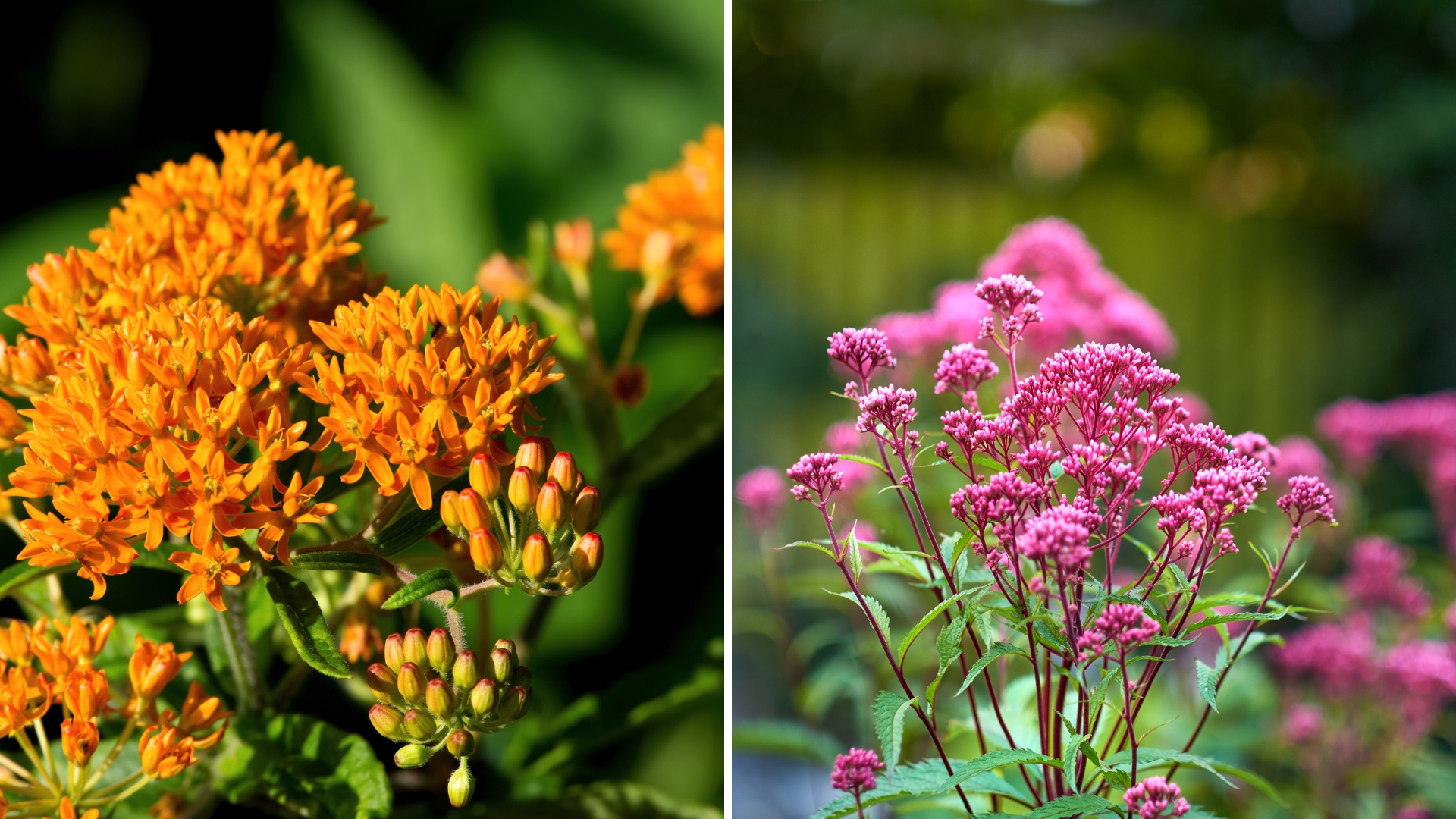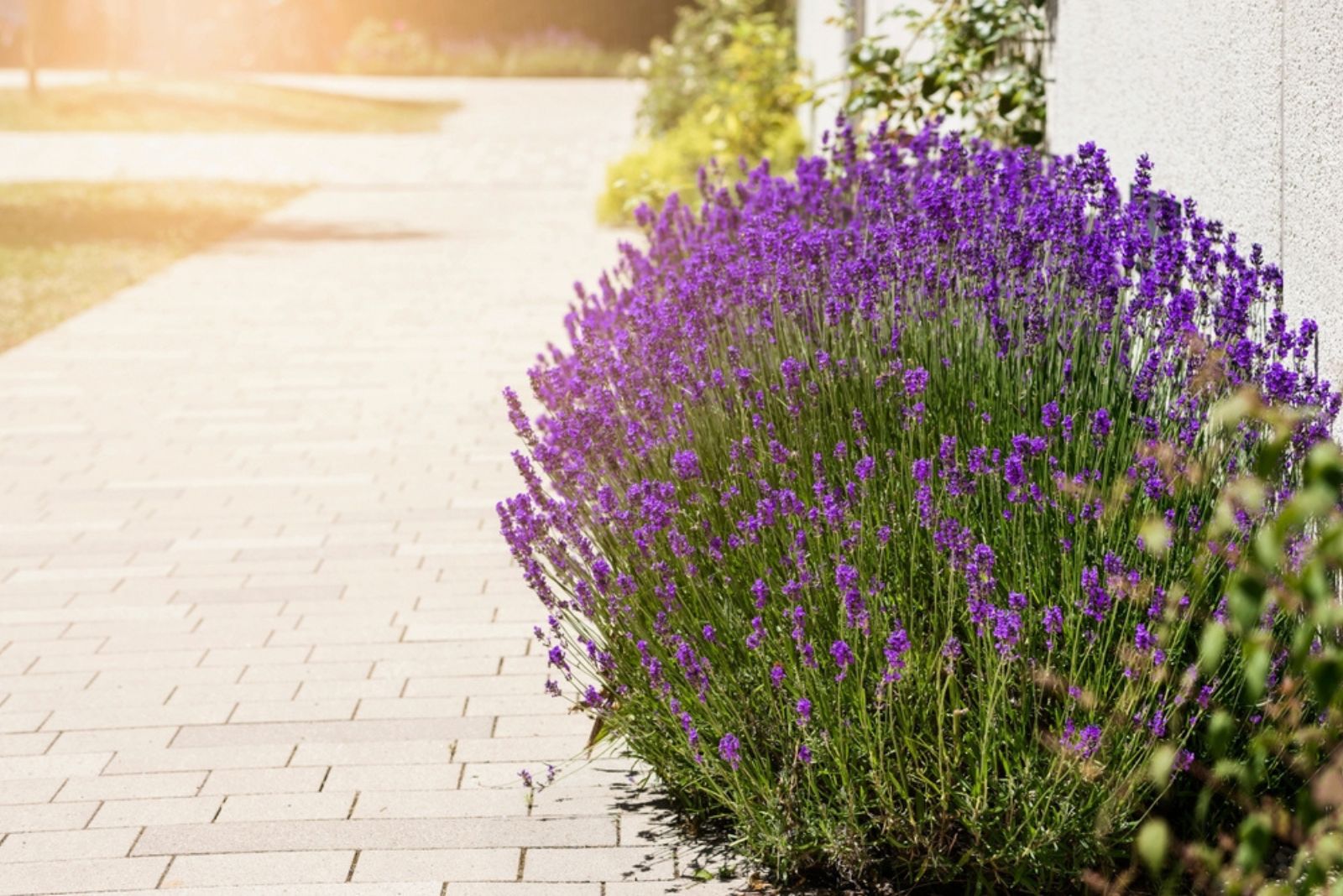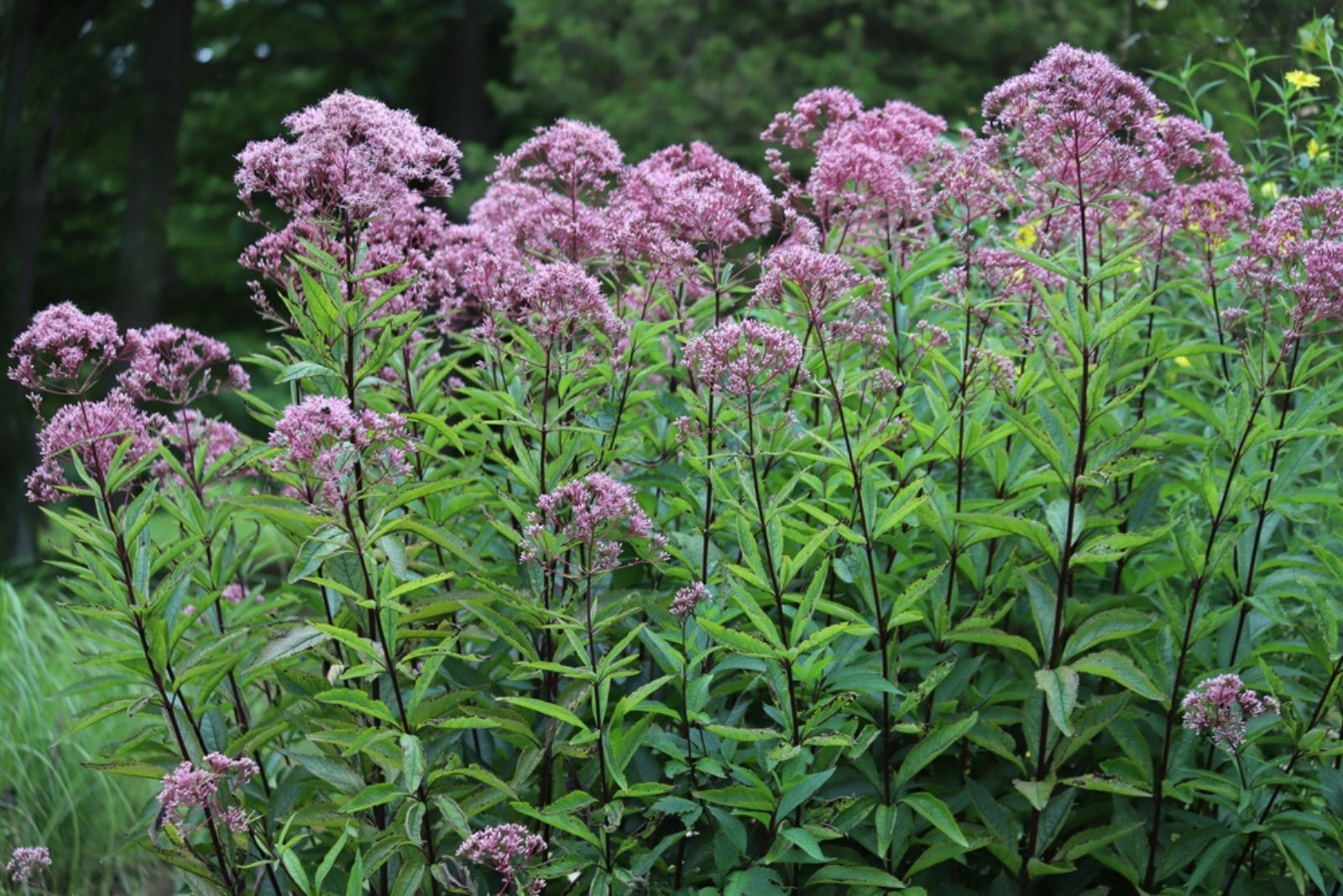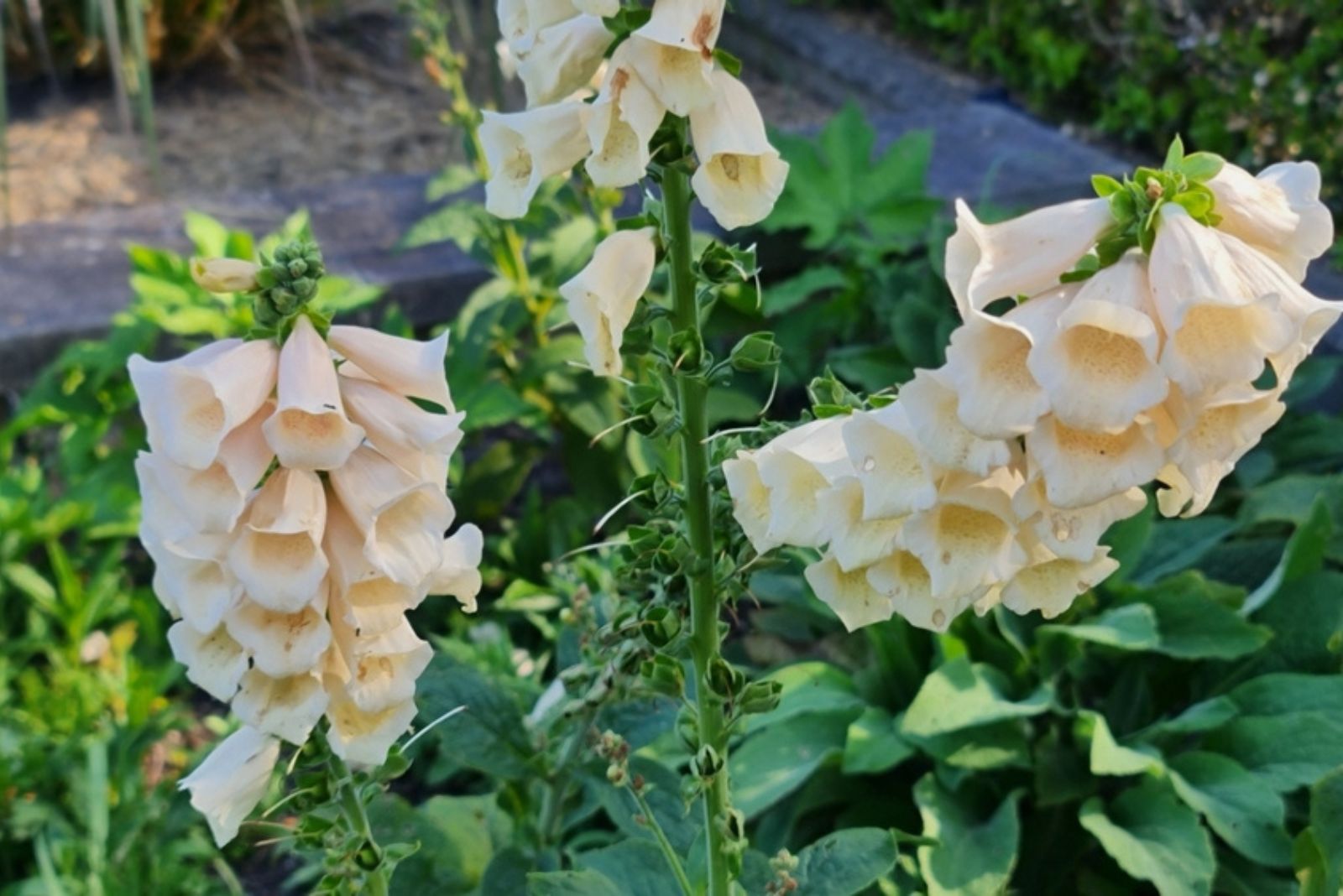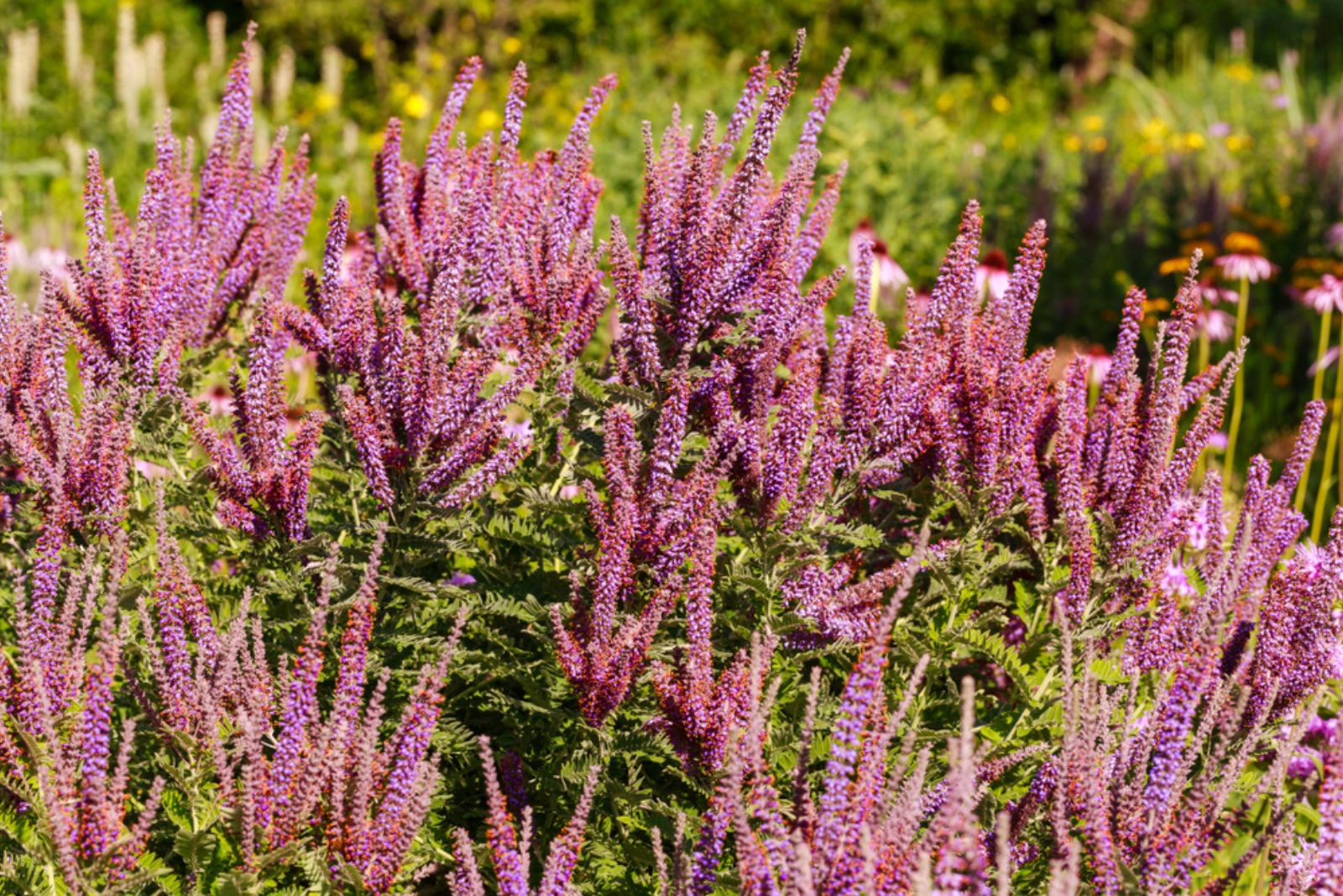Everyone’s talking about dividing plants this season, and with good reason! Splitting them up can work wonders. Plenty of perennials thrive on a good divide, so it’s tempting to think they all might benefit in your garden, too.
Let’s set the record straight: NO, not every perennial loves a split! If you’re looking to give these plants more space, boost their health, or propagate them, division isn’t always the way to go.
I’ll be honest, if I’d known sooner, I wouldn’t have an empty space where my favorite plants used to flourish.
So, if you have any of the perennials listed below, don’t even think about dividing them or you could end up saying goodbye!
1. Leave Your Rosemary Alone
With the enchanting fragrance of rosemary wafting through the air, it’s hard not to think that dividing them is a smart move. I mean, who wouldn’t want a bounty of free rosemary?
Well, it’s actually a horrible idea… You see, this is a woody shrub, which means dividing them would disturb the root system and all the divided sections won’t survive.
Instead of getting new plants, you’ll lose even the original rosemary.
If this isn’t a good option, how can rosemary be propagated? Through seeds, maybe? No, this also isn’t a good approach. It literally takes ages and you’ll need to put a lot of effort into maintenance.
The easiest and best way to propagate rosemary is through cuttings! Your goal is to select a few healthy stems, cut them off, and plant them into separate pots.
Maintain humidity around the cutting and transplant once it’s well-established. Bear in mind that you’ll need to water your rosemary more often during the first season.
Caring for rosemary in winter may be tricky but a thick layer of mulch will help the plant survive through cold weather.
2. Lavender Won’t Appreciate Dividing
We all love lavender, but just like rosemary, this is a woody shrub, which means it branches from the main stem. If you try to divide it, it’ll impact the root system significantly and your lavender will be gone for good.
Therefore, division isn’t an option here. There are way easier ways to propagate lavender. For me, the best one is to divide the branches that came into contact with the soil and formed roots.
Carefully remove the layered branches along with the roots and stem, and plant them into a separate container.
Lavender is renowned for its low care needs and thrives in USDA zones 5 through 9. When transplanting your propagated lavender, make sure the soil is well-draining and the spot is sunny enough.
Don’t water the new plant often and there’s really no need to fertilize it. The only thing I do to my lavender is remove the spent blossoms to get the plant to flower again.
3. Joe Pye Weed Isn’t The Best Candidate, Either
When compared to other common plants, Joe Pye weed is a massive species that can reach over 10 feet. But the thing is that it needs a robust root system to develop into such a large plant.
And if you try to dig out those roots, things will go south. Look, it’s not that the division will destroy the plant but the entire process is so demanding that you’ll wish you never tried it.
It’s way easier to start Joe Pye weed from seeds. You can either start them indoors or even sow them directly into the garden soil.
USDA zones 4 through 9 are ideal for this plant and you only need to find a sunny or partially shaded spot and ensure moist soil.
If you want healthier plants and more fragrant purple blossoms, I recommend pruning back your Joe Pye weed in winter or early fall.
4. Baby’s Breath Won’t Handle A Split Well
Nothing stands out like a flower bouquet with Baby’s Breath blossoms. No wonder so many of us grow this lovely plant in our gardens.
But if you want to divide the plant to get more for free, hold it right there! This species has a single taproot and dividing it is a true nightmare.
Even if you manage to dig the plant out, if it doesn’t have smaller taproots attached, the method will simply fail.
Additionally, you can damage the main taproot and the plant will end up tragically. Oh, did I mention that Baby’s Breath is a delicate species and even the smallest damage could destroy it?
So, it’s best to use some other method. Propagating it through seeds or cuttings is both possible and easy, so why not use it instead of division?
If you live in cooler zones, make sure to plant your Baby’s Breath in a spot with full sun. For those in warmer climates, it’s best to ensure some shade during hot afternoons.
But be careful with the Baby’s Breath plant in general. It’s considered invasive so you must pay attention where you plant it unless you want it to take over your yard.
5. Forget About The Blossoms Of Biennial Foxglove If You Divide
Lovely foxgloves make an excellent addition to any garden type. And some varieties are also pretty easy to divide. But this method won’t work for perennial foxgloves.
You see, these plants have a pretty short flowering season and if you divide them, you won’t see any blossoms, that’s for sure.
For me, the best way is to propagate your foxgloves from seeds. You can either purchase new ones or collect the seeds once the plant finishes blooming.
Make sure you give your foxgloves a lot of sun, unless you live in hot regions where they’ll appreciate some shade.
You’ll need to keep the soil moist but never soggy because foxgloves are pretty sensitive to overwatering.
Make sure to water them more often if the weather is too dry, and if they’re not blooming well, boost flowering with a little 5-10-5 fertilizer in spring.
6. Butterfly Weed Thrives Without Disturbance
Butterfly weed is definitely one of my favorite plants because it needs little to no water at all. I can forget it for a while and it’ll still grow healthily.
But Butterfly weed has to thank its long and strong taproot for such drought tolerance. Yes, it’s an excellent feature, but it also means you shouldn’t divide the plant.
Remember the scenario with Baby’s Breath? That’ll exactly be the case with the Butterfly weed.
It’s easier to collect the seeds, keep them in a cool spot for a few weeks, and sow them in your garden.
But bear in mind that this is a milkweed variety, which means it self-seeds. You’ll get new plants and butterflies will have a great source of food all season long!
7. False Indigo Needs Space, Not Splits!
If there’s one thing everyone should know about the False Indigo plant, it’s that it needs ages to establish itself fully. But once it does, it becomes one of the most resilient plants you’ll encounter.
And this is exactly why you shouldn’t divide it. It’s another plant that develops from the tap root, so disturbing it can lead to multiple issues.
Instead of dividing your False Indigo, you can simply collect the seed pods and drop them wherever you want in your garden.
Just make sure the soil drains well and that the newly planted False Indigo receives enough full sun. Here in Florida, I had to water it often during the first year because the temperatures were too high.
There’s no need to feed False Indigo because it’s a native plant and it’s well-adapted to the conditions found in our soils.
If any of these perennials were on your to-divide list, remove them ASAP! It’ll do more harm than good and that’s the last thing we want for our green buddies!

